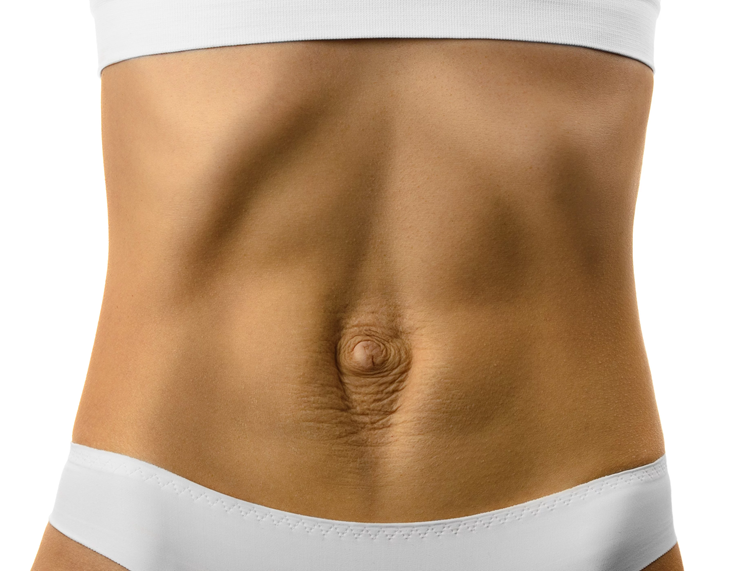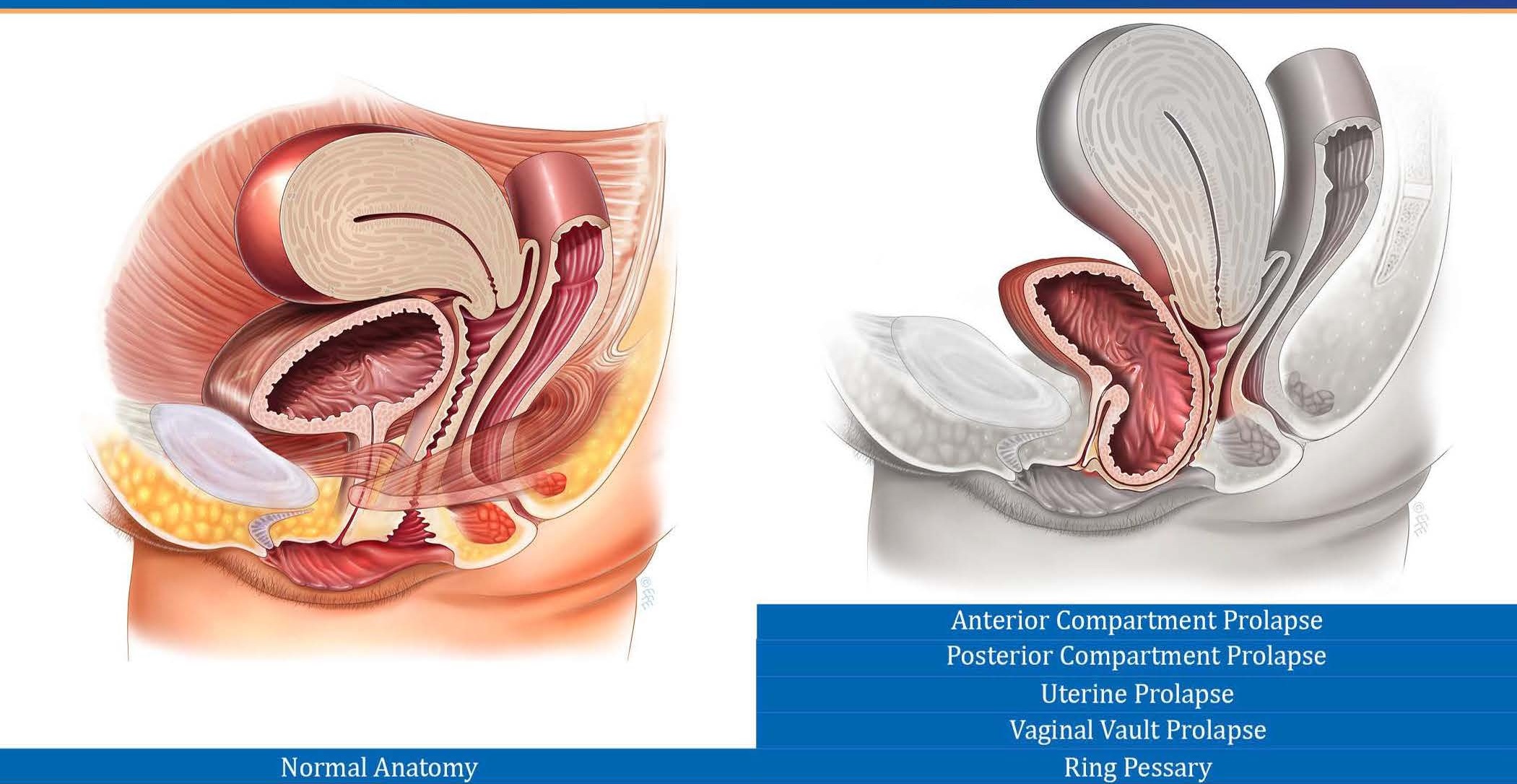Do you find yourself running to the bathroom more often than you think you should? Have you always been the person with the “small bladder” that goes to the bathroom three times at a restaurant when your friends don’t go at all? When you have to go pee, is it an urgent urge that makes you uncomfortable to wait? Do you sometimes not make it to the bathroom on time?
If you experience some or all of these signs, you are not alone and can absolutely improve this. The best news is that the solution is pretty simple!
How is your bladder supposed to work?
Let’s pretend your bladder is your child, your brain is you (the parent) and your child wanting a snack is like your bladder wanting to pee.
We all know that some kids are very chill & relaxed while others can be quite high maintenance (but we still love them!). If your child (aka bladder) is calm and wants a snack (needs to go pee) they will ask “can I please have a snack?” and you (the brain) are able to respond appropriately.
Maybe the answer is “sure, it’s been a while since you have had a snack, absolutely you can have a snack.” Or maybe your answer is “you know what, we just ate lunch and I don’t think you need a snack right now.” If your child/bladder is calm they can usually accept the answer and go on their merry way for a while.
Eventually they’ll feel hungry (need to pee) again, and they will come back to you to ask for a snack again. And once again you can decide if it’s a good time for a snack. If you wait for longer periods the child might get more persistent or ask you more frequently but you are still very much in control of the situation. At the right time, the child gets their snack and everyone is happy.
This goes very much to the heart of how things are supposed to work: your bladder sends signals to your brain as it’s filling up and it’s up to your brain to decide when is the right time to go pee.
What causes urinary frequency and urgency?
There are many reasons for urinary frequency and urgency. In my experience, the top two factors that we can influence and improve are:
Undesirable learned habits
Dietary factors
Undesirable Learned Habits
Let’s go back to that example and replace that lovely, polite child with a cranky one. Do cranky children ask for anything nicely or politely? I don’t know about you, but when my children are cranky they are definitely not polite. When cranky children think they need a snack they go “I WANT A SNACK RIGHT NOOOOOOOOOOOW” (even if you happen to be in the middle of the grocery store).
You are then in the precarious position of having to choose between:
giving into the tantrum and giving them a snack even though they don’t need a snack, or;
telling them “no, you cannot have a snack”.
If you give in, your child learns that tantrum equals guaranteed snack time, leading to more tantrums. If you hold your ground, you get to deal with the potential wrath of said cranky child (for most people, the wrath of a bladder can be in the form of a urine leak, fear of leaking, abdominal discomfort, etc).
This is where the habit starts to form. In general, if you give a kid a snack every single time they ask for a snack they are going to start asking for snacks more often (because snacks are delicious and they are clever little humans). The same applies to your bladder - if you go pee right at the moment you think you have to go and rush immediately to the bathroom, you are reinforcing a bad habit.
Your bladder has a bigger capacity than you think. You can go for hours upon hours at night without going pee. Why do you think you need to go pee before you leave the house when you literally just went pee 15 minutes ago? Did your kidneys magically turned superhuman and filled your bladder up to full capacity in 15 minutes? Probably not! You probably just have a habit of going pee before you leave the house. You might also have a habit of going pee as soon as you get home and maybe that has escalated into you needing to drop your groceries and sprint up the stairs to go pee as soon as you get home even though you didn’t need to pee while at the store.
They’re all learned habits. It’s important before you go pee to ask yourself:
Do I HAVE to go pee or do I just WANT to go pee?
The same way you would ask yourself “do I want a snack or do I need a snack?”. You should be in control of your bladder rather than your bladder controlling you.
I really think of the urge to pee kind of like a hunger cue. Most people do not drop everything they are doing and rush to the kitchen and stuff their faces with food at the first sign of hunger. So why are we sprinting to our bathrooms at the first realization that there is urine in our bladder?
It’s not an emergency, it’s just information. That bladder of yours is sending a friendly neighbourly signal up to your brain that says “FYI, getting kind of full, might want to think about that sometime soon.”
Dietary Factors
To make matters more complicated, you might be making your “child” crankier than it needs to be by eating certain foods and drinks. If your bladder is extra irritated, it’s going to make its presence known a lot louder and more often than you would like.
Foods that may irritate your bladder include:
Coffee (decaf is better but still not perfect)
Tea
Alcohol
Chocolate
Carbonated beverages (yes, even plain soda water)
Artificial sweeteners
Citrus (oranges, lemons, etc).
Tomatoes
What can I do about it?
There are several things you can do to take control of your bladder health. Some are fairly self-explanatory like decreasing or moderating your intake of the irritating foods listed above.
One of the main things you can do: drink more water. It’s counter-intuitive, but drinking more water more often than not helps you pee less frequently. I’ll say that one more time for the people in the back:
You can go pee less frequently if you drink more water.
Want to know why? If you are dehydrated, your urine will be very concentrated. Concentrated urine can really irritate the inner lining of the bladder and will want to get rid of that fluid ASAP. Your bladder is much happier to hold a larger amount of dilute fluid rather than a small amount of concentrated or irritating fluid.
There are also cognitive and physical techniques known as urge suppression techniques. They can help you deal with a strong urinary urge, avoid leaking and rushing to the bathroom, and normalize the number of trips you make to the bathroom. These should be taught to you on an individual basis by a doctor or pelvic floor physiotherapist that knows your individual situation and can determine which techniques are best for you.
Your Takeaway Points!
If you suffer with urinary frequency and urgency, please remember these key points:
Needing to go pee should not feel like an emergency
Foods and drinks such as coffee, alcohol, and chocolate can irritate bladders
A significant amount of urinary frequency and urgency is behavioral and can be modified
Ask yourself if you have to go pee or you just want to go pee? Is the signal coming from your bladder or your brain?
Drinking more water can decrease urinary frequency and urgency
If you would like to know more about these or have an evaluation by one of our pelvic floor physiotherapists please feel free to contact the clinic at 778-630-8800 or clinic@ladnervillagephysio.com to book an appointment.

























![IMG_9593[17310].jpg](https://images.squarespace-cdn.com/content/v1/5b934a448ab722e183624e30/1551243769420-HXZ428J6L39EFPLQTKBB/IMG_9593%5B17310%5D.jpg)
